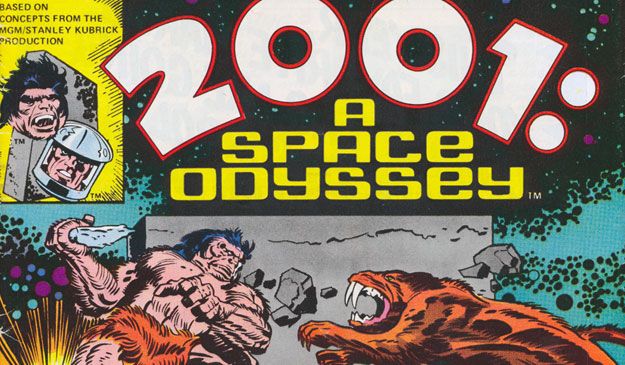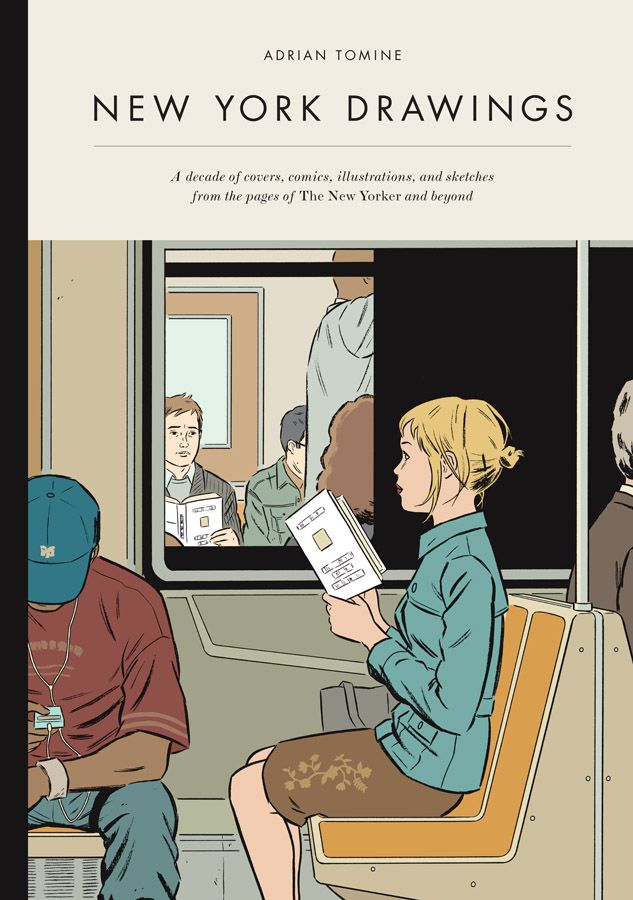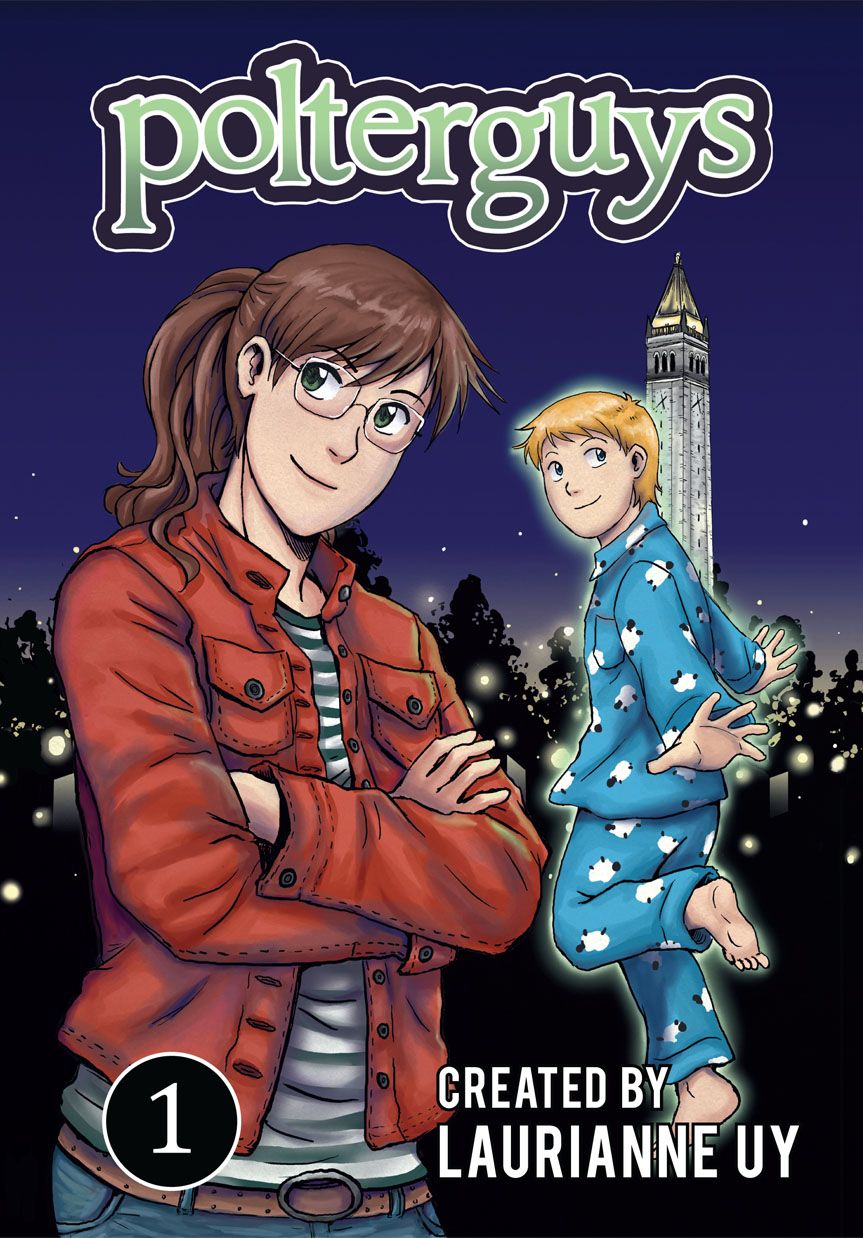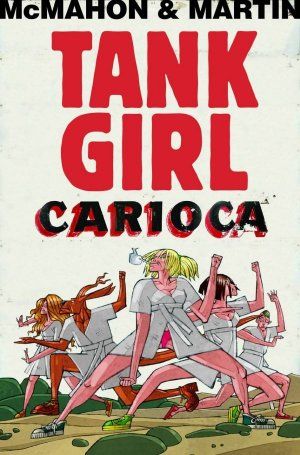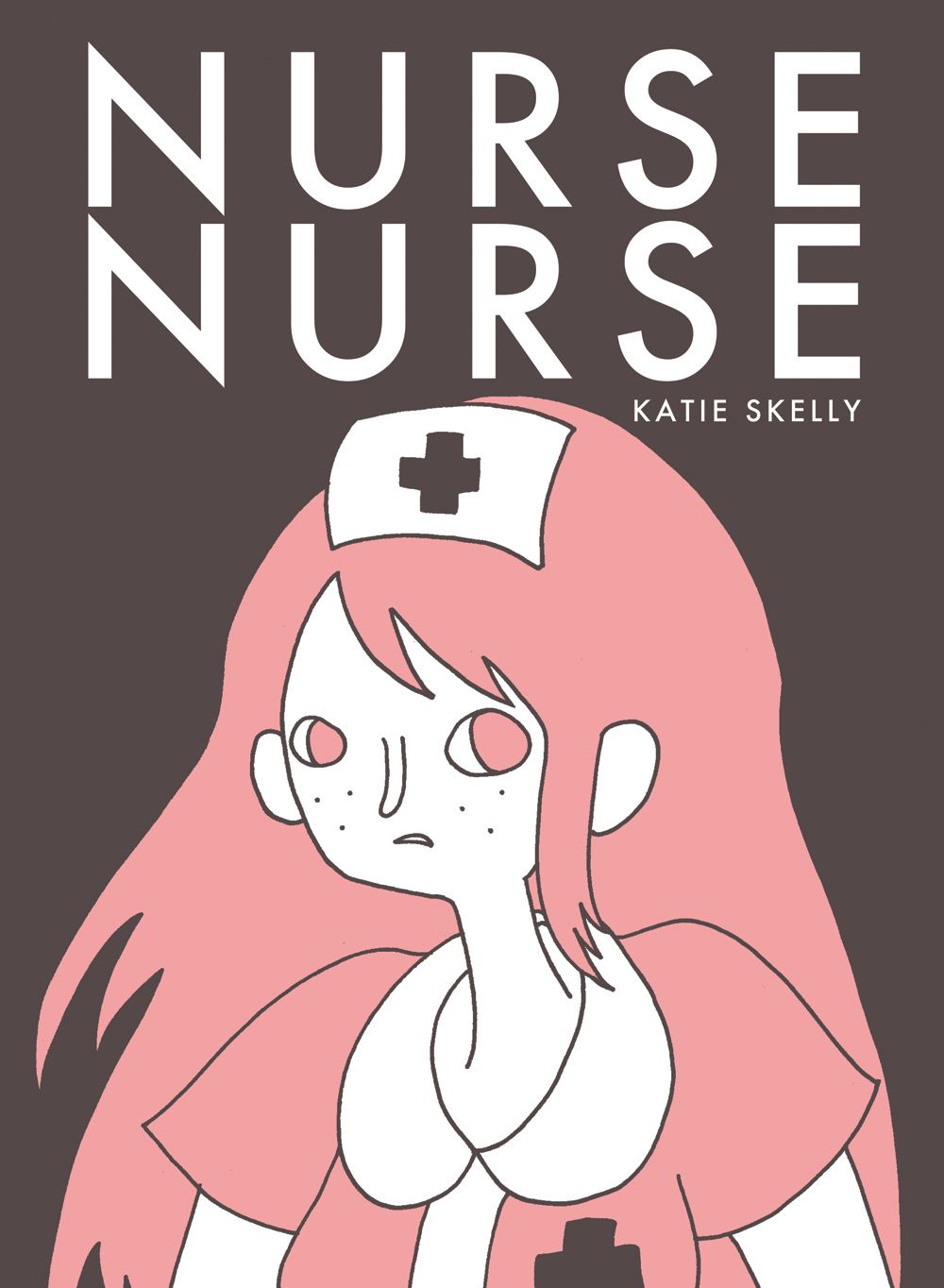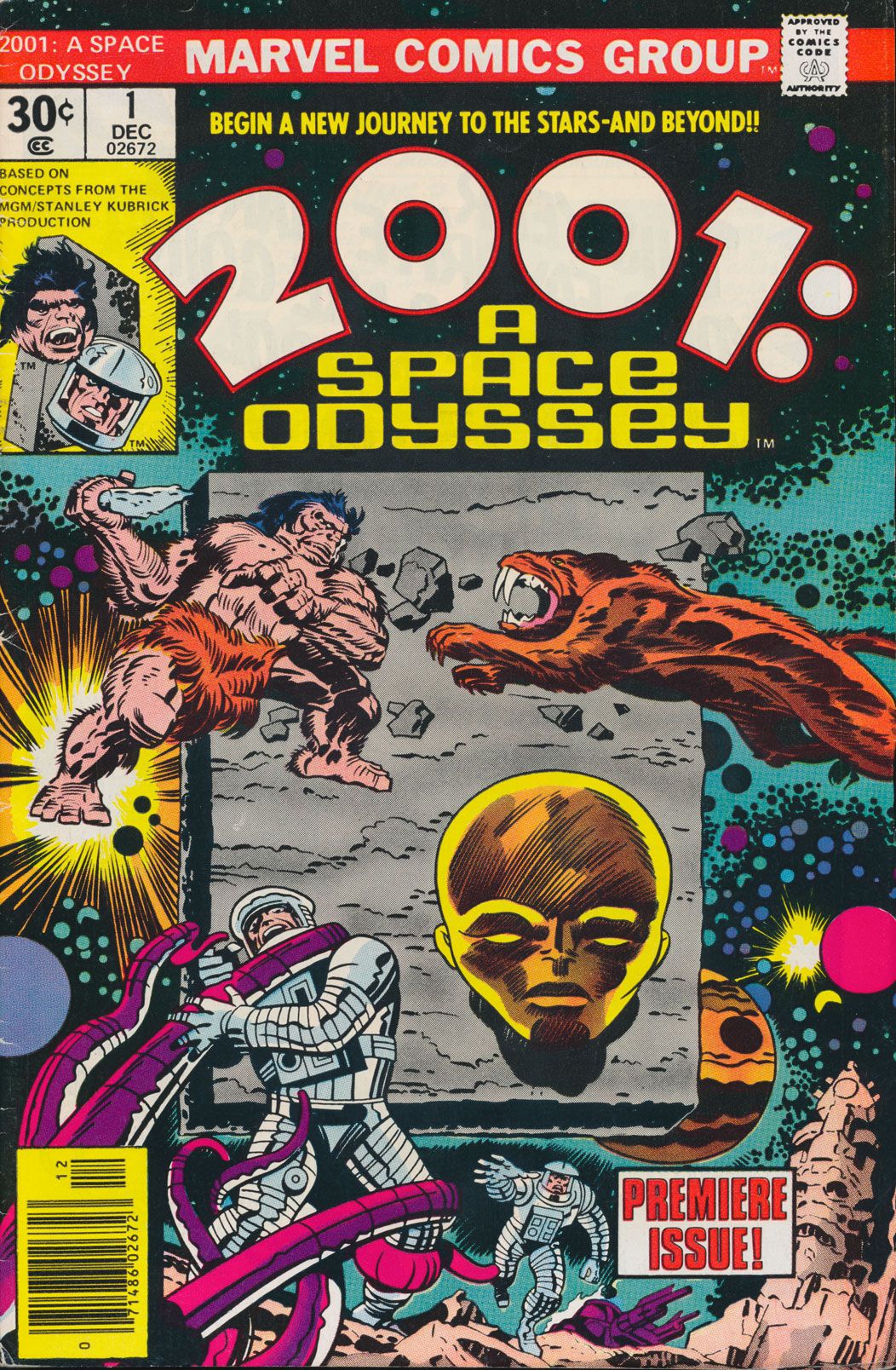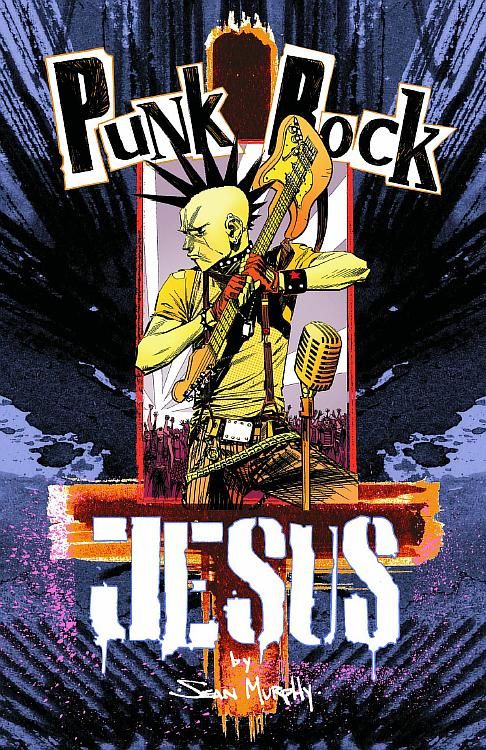Hello and welcome to What Are You Reading?, where every week we talk about the comics, books and other stuff topping our reading list. Our special guest today is Rafer Roberts, creator of Plastic Farm--"The strange, terrifying, and hilarious story of Chester Carter's messianic journey through madness and self-loathing." Roberts is currently raising money for the second volume on Kickstarter.
To see what he's been reading, along with the Robot 6 crew, click below ...
*****
Chris Mautner
New York Drawings by Adrian Tomine -- This a nicely designed, hardbound collection of Tomine's illustrative work, mostly done for the New Yorker magazine and a few other places, with the occasional comic strip thrown in for good measure. There's not much really to say here. You either like Tomine's art or don't and if you're not a fan, there's nothing here that's going to convince you otherwise. I really enjoy his sleek New Yorker work, which I think for one thing highlights his sly sense of humor, which tends to get overlooked in his regular Optic Nerve stuff.
Moomin's Winter Follies and Moomin Valley Turns Jungle by Tove Jansson -- This is an attempt by Drawn and Quarterly to repackage Jannson's classic Moomin strips into smaller, slimmer books for younger readers as part of their all-ages Enfant line. The strips are in color now too, and kudos must be given to the uncredited colorist for the stellar job her or she did. None of the charm has been lost and the smaller packaging make them an excellent entry point for new readers young and old. I can see myself giving some of these out as stocking stuffers this holiday season.
Baba Yaga and The Wolf by Tin Can Forest -- I liked this book, Tin Can's first, much more than their most recent book, Wax Cross, which I felt got a bit too disjointed to engage me fully. This one has more of a sustained narrative, involving a young man who kills his brother in order to marry the town beauty, with odd and tragic consequences. I'm a sucker for folk tales anyway, and Wax Cross' art is nothing short of exquisite, with lush gnarled forestry and leering, predatory animal and human faces. Go check it out.
Brigid Alverson
Back when I was first writing about manga, in the mid-2000s, OEL (original English language) manga was really a thing. A lot of it was terrible, but there were some really good books—Svetlana Chmakova's Dramacon, Nina Matsumoto's Yokaiden. You don't see too much of it any more, so Laurianne Uy's Polterguys was like a blast from the past, as well as a reminder of why people are attracted to manga-style storytelling to begin with. Polterguys is a sort of reverse-harem manga with a lot of flirting but no action, because the guys are all ghosts, living in the house that nerdy-girl Bree is living in while she attends college. The guys, all of whom are cute (including pajama-clad youngster Simon) aren't sure why they are there, or even how they died, but they have formed a sort of clan and they are very happy to see Bree--so happy they fix her pancakes, clean the house, and generally fuss over her. So, yeah, a little wish fulfillment here, but when the Grim Reaper's bounty hunter shows up to claim his quarry, Bree stands up to him and ends up making a tough bargain. The plot is a little wobbly in places, but reading this book is a lot of fun. Uy uses the language of mang--varied panels, speedlines, chibis--to full advantage. Her art is a little uncertain--I'd love to see her use a firmer line and less screentone--but overall this is an admirable first graphic novel and a very enjoyable read.
Way over on the other side of the romantic spectrum is Pregnant Butch, by A.K. Summers, which I have been reading on Act-I-Vate. It's just what the title sounds like, the story of a butch woman's pregnancy, and I assume from the intimate tone that it's a memoir. It's also wickedly funny, mixing up gender issues and cultural clichés with the reality of relationships and pregnancy. (For instance: Nobody offers her a seat on the subway because they all think she's just a fat guy.) It's a very smart comic, and I'm enjoying her asides about the "wise crones" and her portrayal of herself as Tintin in imaginary sequences as much as the story itself.
Mark Kardwell
Last week I read Tank Girl: Carioca by Alan Martin and Mick McMahon. I'd say it's a surprisingly thoughtful piece, as Martin ruminates on such heavy themes as the abuse of power and how unfulfilling revenge is. Well, I would say that, except it's also the usual combination of daft gags and ultra-violence. What really sets this volume apart from previous works in the Tank Girl ouevre is the fact that it's drawn by the living legend Mick McMahon. McMahon is an artist's artist, it's hard to find anyone in the business of illustration who won't go into raptures waxing lyrical about the man's work. Having him draw such a long form comic is, indeed, a rare treat. It's a book that takes a lot longer to read than you're expecting, just because his panels are seemingly magnetic to the eye.
Michael May
I got ready for Halloween this week with the first three issues of Rafael Nieves and Dan Dougherty's Bob Howard, Plumber of the Unknown. There are four issues so far and I need to get the most recent one, because it's a remarkable series. The concept of a monster-fighting plumber is so immediately humorous that I thought I knew what to expect from Bob Howard, but I was surprised. The series is funny, but Nieves and Dougherty just as often go for other reactions too. Each issue contains multiple stories and they're as likely to warm the heart or raise the goosebumps as tickle the funny bone.
The main character is a surprisingly sweet man who rarely talks. He's not always a plumber, but takes other odd jobs like babysitting and selling tickets at the local movie theater. Of course, they all lead to his having to tussle with some kind of monster, and he's learned to keep handy his giant wrench Big Daddy, but he's not a monster hunter. He plumbs the unknown reluctantly as this stuff just sort of comes to him. And though he never complains verbally about it, Dougherty reveals Bob's weariness and disappointment through facial expressions and body language.
Using grayscales that give the comic a classic, black-and-white movie look, Dougherty is a wonderful artist who can skillfully communicate humor and pathos at the same time. He draws everything well.His human characters are as diverse to look at as any actual city street and he doesn't skimp on background details. Into this believable world he just as skillfully inserts C'thulhu-like monsters, vampire babies, and ghostly sheets.
Of course, a lot of credit for Bob Howard's layers goes to Nieves. At first, the stories appear to be completely self-contained, but as they unfold they also start to connect. Each story has a satisfying conclusion, but there's a bigger mythology that Nieves and Dougherty are creating. None of that matters though as much as how likable their main character and his friends are, and how effectively emotional the creature-encounters are. Those are the special strengths of the series and what will keep me going back for more.
JK Parkin
I picked up the Nurse Nurse collection at APE a few weeks ago, which collects Katie Skelly's minicomics of the same name. It's a science fiction comic about nurses sent into space to support colonists from Earth as they adjust to new environments on planets like Mars and Venus. It features a fun cast of characters as Nurse Gemma, the main character, tries to do her job and gets entangled with space pirates, "office" politics and butterflies. It's a very endearing comic with an inventive set-up and setting, neither of which ever get in the way of the characters and their story. You can check it out for yourself on Skelly's website.
Monstrous Love Stories is another APE acquisition, thanks to Matt Silady. It's by creator Liz Mayorga and is "a collection of quasi-personal stories about heartbreak, featuring classic monsters." It includes four stories--three comics, one prose--and the comics all feature a romance tale with a classic monster twist. "I came up with the idea for this comic book while I was on a date and realized that I sometimes experience the same emotions while on dates [that] I do when I watch horror movies," the author notes on the back cover. The first story, "Missed Connections," was my favorite; it features Frankenstein's Monster in a tale of unrequited love. The werewolf tale, though, which ends the book, has a lot of charm. Mayorga mentioned Michael Jackson's "Thriller" video as inspiration, and that comes through in the last story. I don't know; maybe that was my favorite. In any event, you can find out more about Mayorga on her website; it doesn't look like this book is up on her for sale page, but she has several other zines for sale.
Rafer Roberts
2001 #1-10
I was fortunate enough to find a complete run of Kirby’s 2001 series in a dollar bin at New York Comic Con after finding a copy of the Treasury Edition movie adaptation earlier this year. Between seeing a few individual pages online, and hearing friends rave about it, this series had been a must find for me so being able to sit down and finally read the whole thing was a joy. I grew up a Marvel kid so I’d always had a certain respect for the man but I don’t think it was until a few years ago when I read his DC stuff that I really started to better understand and appreciate his work. 2001 though goes way beyond what I thought Jack Kirby was capable of and, in my opinion, is some of his best work.
Aside from the stories themselves (and those are crazy and trippy) and beyond the artwork (which is phenomenal and some of the best work he and Mike Royer did together) the basic structure of the book is so damn experimental compared to anything else that existed in comics at the time. There are, for the first seven issues at least, no recurring characters. It’s all just brief glimpses into the past and future as neanderthals and prehistoric warriors and their astronaut descendants are manipulated by monoliths into uniting barbarian hordes or saving alien princesses so that they can all become star babies and explore the universe and create new worlds seeded by the love of dying planets. And then the last three issues feature Machine Man fighting against the military because they stole his face.
One of the coolest things about this series is that that you have to read it in single issue form which means you get to read all the letters columns. The insight into reader reactions to this comic, which is a mixture of admiration and confusion and outright disdain, is super fascinating. Personally, I can see Kirby’s love of creating comics coming through on every page of 2001.
Prophet
I’m seeing of that same love of creating comics in the current Prophet series from Brandon Graham. I started picking up the book because Farel Dalrymple was doing some of the artwork, but this has turned into one of my current favorite series. Like 2001, every page of each issue in this comic carries a love of telling stories. That joyful energy leaps from the page and into my brain and makes me happy.
It’s the little things in this book that do it for me, like how every time a new clone wakes up there’s that inventory check and how the whole thing is told in this ever present, often hyperbolic narration. But even with the narration there remains a certain lack of explanation which enhances the sense of otherworldliness of the alien cultures and landscapes.
The Signifiers #2
I tend to buy a lot of comics through Kickstarter nowadays. I recently got the new issues of Michael Neno’s The Signifiers in the mail and it is pretty. I think I first met Michael on a panel during a SPACE convention a few years back. I recall wishing halfway through that panel that it was over so that I could go to his table and buy his comics.
The best way I can describe Neno’s work is if you let Bob Burden rescript Jack Kirby’s Forever People. For example, there’s a scene where Landlark The Heat Seeking Dwarf dances with a dog that has been fed too many peppers, then straps himself into some Inception-like device with a bunch of groovy hippies and fights an octopus with a pretty lady head in their shared dreamspace. It softly caresses your cheek while simultaneously punching you in the brain. It’s good stuff.
Punk Rock Jesus #1-4
Oh man, Punk Rock Jesus. Everyone’s reading this series, right? Sean Murphy, whose art I thought was fantastic in Joe the Barbarian, is killing it here. He had portfolios of his PRJ originals out at NYCC that I was just lusting after. I’m sure his art dealer thought I was a stalker the way I kept coming back to stare at his pages. There is such an kinetic energy inherent in Murphy’s linework that I can’t help but get sucked right in. Not to mention that the story is fantastic. In just a few pages he’s managed to create an entire world that manages to feel real and ugly, fully formed characters with real motivations (even the bad guys), all under the guise of biting social satire.
My normal practice with mini-series is to buy the first issue, and if I like it, buy the eventual collection. I’m buying all 8 single issues of Punk Rock Jesus, the eventual collection, and however else Sean Murphy wants to package the thing.
Lose #4
However, probably the best and most eye-opening comic I read this year was Lose #4 by Michael DeForge. I picked this up during SPX (and stupidly failed to get it signed) after hearing a lot of good things about both DeForge and Koyama Press and listening to Anne Koyama’s interview on the “Tell Me Something I Don’t Know” podcast. I am not exaggerating to say that Lose #4 made me rethink things I thought I knew about making good comics and I consider myself an intelligent man just for having bought it.
I don’t think I am capable of describing the contents of Lose without ruining it for someone who hasn’t read it. Part of the beauty of DeForge’s comics here are the way they slowly wash over you, lure you in, then infect you. There is a Charles Burns and Chester Brown feel to the comics, but not in the art style. It’s deeper than that, and I need more.

